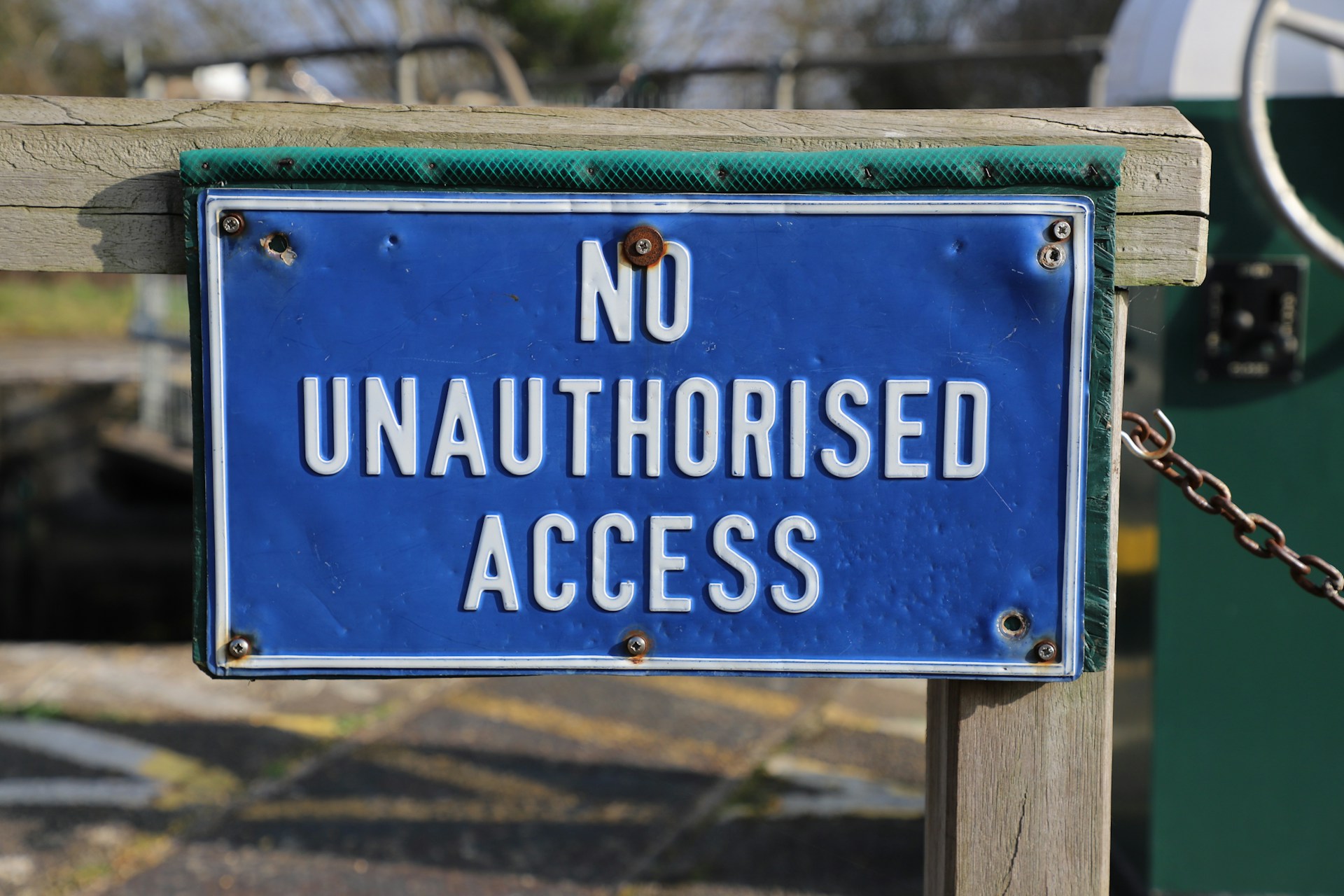
Why Is It Important to Create a Cyber Resilient Home Network Immediately?
November 11, 2021 - Emily Newton
Revolutionized is reader-supported. When you buy through links on our site, we may earn an affiliate commission. Learn more here.
While COVID-19 shook the globe with the 2020 pandemic, a cyber pandemic was unfolding simultaneously. Cyberattacks skyrocketed in 2020, and the virtual battle against cybercrime continued into 2021. The damage of cybercrime since 2020 has been like nothing seen for decades. While breaches at big businesses are the ones that make the news, hackers have taken advantage of the popularity of working from home by using employees’ home network to break into organizations and steal data since they’re likely to have low cyber resilience. Protecting against cyber threats requires everyone to help out, but it starts with building a cyber-resilient home network.
2020 Cyberattacks Spike
Many people are not aware of the scale that cybercrime reached during the 2020 pandemic. A report from IBM revealed that in 2021 the average cost of a cyberattack rose to the highest it has been in 17 years, at $4.24 million per incident. While cybercrime typically rises during major events like this, the COVID-19 pandemic presented a unique opportunity because of one major trend: working from home.
Remote Working Raises Cyberthreats
Working from home opened the door for many data breach methods, which is a key cause of the pandemic spike in cybersecurity breaches. The issue has persisted as long as the COVID-19 virus has, especially with the surge of the delta variant. Even after the pandemic eventually subsides for good, however, working from home is here to stay. A recent survey by Gartner CFO found that 74% of businesses plan to move at least some of their employees to permanent remote work after the pandemic is over. This shift means securing home networks will be just as crucial as securing organization networks.
Cybersecurity can be unruly even when contained within an organization’s network, but it gets much more complicated to manage when that network branches out to include thousands of employees’ homes. To maintain data security, some of the responsibility falls on individuals who might want to take action to secure their home networks, anyway. An excellent first step is to follow and research trends in cybercrime, since the weapons hackers favor change frequently. Research conducted by INTERPOL examined the dispersion of cyberattacks that surged due to the pandemic, revealing that phishing attacks alone accounted for 59% of cyberthreats.
These attacks don’t need to get through a Wi-Fi password or user login. They just need one wrong click. While cybersecurity aims to stop that click from doing anything, cyber resilience is about planning for what happens when it does cause a breach. Cyber resilience focuses on managing cyberattacks effectively when they inevitably occur so that operations can survive them and people can recover data quickly.
Cyberattack Vulnerabilities at Home
As mentioned earlier, working from home can be more dangerous than working from the office. That’s simply because most people don’t have advanced cybersecurity measures or cyber resilience plans in place in their home office. Most people use home internet and computers for low-threat activities, like browsing the web or playing computer games. Prior to the pandemic, most of us weren’t managing sensitive work-related data at home. Cybersecurity and cyber resilience have always been important, though, and it is more critical than ever before to fortify home networks with both.
As you’ll recall from the earlier discussion, studies from INTERPOL have shown that phishing attacks accounted for the most cyberattacks due to the pandemic. Close behind were malware, ransomware, and malicious domains. People must account for all these factors when creating a cyber resilience strategy. Hackers have a variety of back doors for sneaking into users’ networks at home that goes beyond malicious email content.
For example, some people may not have reliable antivirus software installed on their devices or may be neglecting to install essential software updates. Even less common is keylogger software, which is just as critical for protecting passwords and data. Malicious links, software, and even USB drives pose a threat to employees working from home.
It can be challenging to detect leaks and weak spots, as well. Keyloggers, for example, have become advanced enough that some can avoid detection by antivirus software (which is why having specialized anti-keylogger software is essential). Additionally, hackers can take advantage of poorly protected Wi-Fi networks, using them to access private files and data. Cybersecurity experts have identified all of these factors as cybersecurity vulnerabilities that worsened due to the COVID-19 pandemic and widespread working from home.
Creating Cyber Resilience for Home Networks
While it may seem intimidating to stand up to so many cyberthreats, individuals just need to set up the best cybersecurity they can then make a robust cyber resilience plan. Cyber resilience is based on the reality that no cybersecurity measures can ever 100% guarantee a breach will never happen. A leak or breach once in a while is inevitable, but cyber resilience can help make sure it doesn’t have to cause irreparable damage.
Evaluate the Network
An effective cyber resilience plan for a home network contains a few tactics and aspects. A good first step may be completing an in-depth assessment of the entire network, including how everything connects, what avenues sensitive data is often moved along, and what damage a variety of cyberattacks could potentially cause. What are the network’s greatest vulnerabilities? If a hacker were to go after those vulnerabilities, what would it do to the rest of the network? Remember to take stock of all VPNs, firewalls, and other cybersecurity measures currently protecting the network. Gaining a thorough understanding of your home network is critical for developing an incident response plan that works.
Create a Realistic Action Plan
Cyber incident response plans will vary depending on unique situations, but the general idea is that for a variety of cyber threats, there is an actionable plan in place dictating how to react to the crisis. A robust response plan will allow a quick reaction to cyber incidents, which increases the odds of recovering data and protecting the rest of the network.
Use Multifactor Authenticaton
One easy way to increase cyber resilience is by implementing multifactor authentication (MFA) on as many apps and websites as possible. This way, even if a data breach occurs and a password gets compromised, hackers will still have difficulty accessing private data because they only have one piece of the required login details. MFA is particularly useful for securing IoT devices, which people must also consider when making cyber resilience plans.
Segment the Network’s Data
Segmenting data around the network is another effective method. Over 75% of risk professionals say that connected networks are more vulnerable to cyberattacks. Breaking up networks and data is similar to quarantining it — if a hacker gets access to one branch of the network, they won’t be able to get to the rest because of the isolation of the branches from one another.
Build a Digital Twin
If the necessary tools are available, creating a digital twin of your network can be highly beneficial for optimizing cybersecurity as well as cyber resilience. With a digital twin, a virtual simulation of your network, various cyber resilience responses can be tested against staged hacking attempts. Friendly hacking is one of the most common methods for testing cybersecurity measures, and it can work on home networks, as well as large organizations’ networks. While this may sound like a significant financial and time investment, it is certainly worth considering for those working with especially valuable or sensitive data.
Focus on the Fundamentals
First and foremost, remember the basics and go over them with anyone who shares the home network. Passwords should never be reused. Antivirus software should be consistently updated. The Wi-Fi password should be complex enough to be highly difficult to guess. Data should also be backed up frequently, as well. There are various ways of backing up a network, and it may be wise to make multiple copies. Some people like to use an external hard drive and a secure cloud storage solution. Others prefer numerous external hard drives. Whatever backup solutions are selected, remember to verify that intelligent cybersecurity measures protect them.
Cyber Resilience Can Help You Prepare for Anything
All cybersecurity strategies work to protect data and networks as much as possible. However, high-damage breaches can be stopped by remembering that no cybersecurity method is perfect. Cyber resilience is like the fire extinguisher to cybersecurity’s fire alarm. If the alarm can’t stop the fire hazard, the fire extinguisher is there just in case. Cyber resilience plans are vital for ensuring that data remains safe as the world transitions to a long-term hybrid workplace, where cybersecurity is just as strong at home as it is in the office.
Revolutionized is reader-supported. When you buy through links on our site, we may earn an affiliate commission. Learn more here.
Author
Emily Newton
Emily Newton is a technology and industrial journalist and the Editor in Chief of Revolutionized. She manages the sites publishing schedule, SEO optimization and content strategy. Emily enjoys writing and researching articles about how technology is changing every industry. When she isn't working, Emily enjoys playing video games or curling up with a good book.







